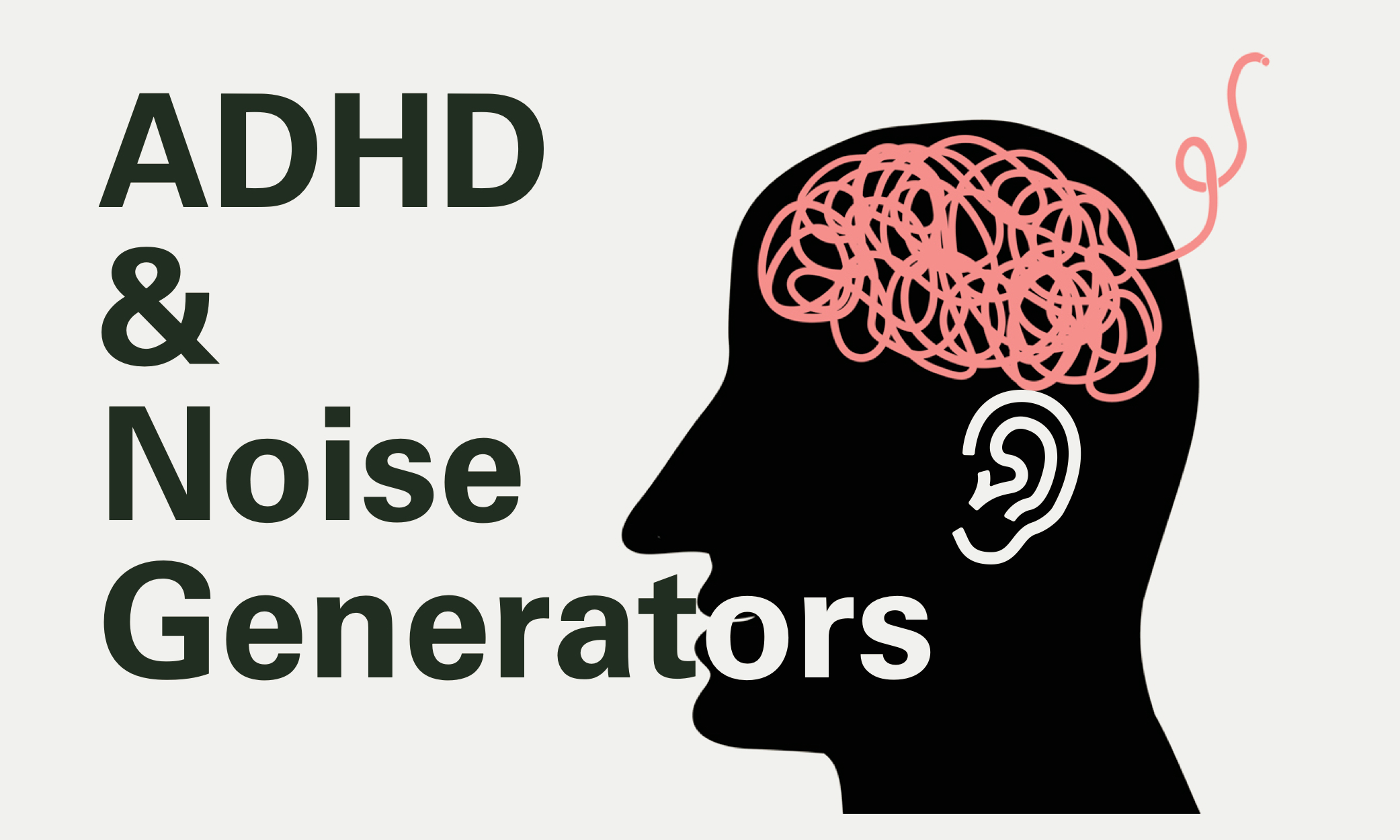FF 2.5 | String Switching
5 A String and String Switching (2 Days)
Objectives
Learn the notes on the A string and how to switch between the E and A strings to play the roots of chords efficiently.
Procedure
Watch the Landmarks On The A string video as a class in the A string tab.
Informally assess the class’s understanding of notes on the A string by asking them to find string note locations by giving them a pitch and have them identify pitch names by giving them a fret number.
Have students watch the A String Practice video individually and give them time to apply notes on the A string to play bass to student selected songs in the lead sheet library.
Play through the circle of fourths as a class on the A string.
Watch the Switching Strings video in the Read tab as a class.
Have students find the note locations for the roots of the chords in the Switching Strings example on two string sets: one where the root of the first chord is on the A string and one where the root is on the E string.
Have the class select a song from the lead sheet library and give them time find the lowest string set to play roots to a song section.
Play through the song together with the backing track.
Assessment
Informal assessment of the chromatic scale can be completed using questioning and observing by walking around and viewing student work in steps 3 and 4.
Opening and Closing Activity Ideas:
Opening 5 min: Have the question, “How do you find notes on the guitar fretboard?” on the board as students come in to class. Have them write down their answer in their practice journal after they take their seats. Go through some of the student answers and steer the conversation to the chromatic scale. Play a song with a memorable bass line during this activity.
Closing 5 min: Have students create an entry in their journal and rank their understanding of the chromatic scale out of 5. Ask students to then write a description of a tutorial that they could make on how to teach the chromatic scale and notes on the fretboard. Have students share a few of these ideas to the class.
Student Centered Classroom Notes
Try to call on every student at least once during the period. If a student doesn’t know the answer right away, help them with the process of finding the notes and celebrate them when they eventually come to the answer. Call out partners/groups that are working well together and tell the rest of the class what you liked about their collaboration strategy. Developing positive group work ethic is going to help out when students are songwriting and practicing together with guitars later in the course.





